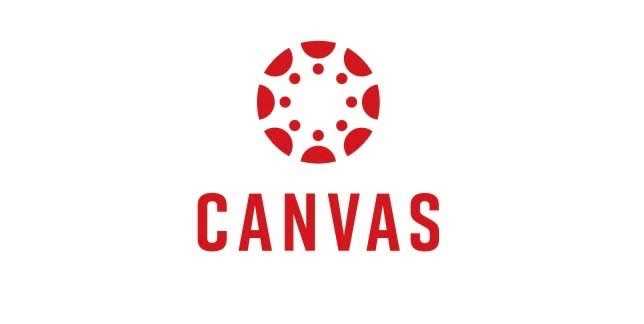USU works toward improving ‘flawed’ Canvas accessibility
A group of employees at Utah State University are making online classes more accessible for students with disabilities — and improving the experience for all students after the pandemic increased demand for remote courses.
Christopher Phillips, the electronic and information technology accessibility coordinator, said the pandemic increased some university departments’ interest in accessibility.
“I think people really recognize they need to make sure that everybody can access the content as they move it online,” Phillips said.
He said much of the work he and his team does focuses on making online courses better, so students don’t have a difficult user experience on top of their difficult coursework.
Phillips said he’s always a little surprised at the tolerance people have for poor user experiences in higher education.
Asa Strain, a USU freshman studying sociology, said they experience many issues with the way their classes are set up on Canvas, an online learning management system developed by Instructure, whic is a Salt Lake City-based educational technology company.
“A lot of professors stick everything on one page. At this point, I feel like I’ve spent more time scrolling than studying,” Strain said.
Phillips would love to see more students advocate for a better online experience for themselves.
“I don’t think there’s any other environment where any audience is subjected to as horrible of a user experience as students are in Canvas courses over and over again,” Phillips said.
He related the experience in online courses to the feeling of being in a classroom.
“You walk into a new classroom on the first day to get a look at where the seats are, where the teacher’s at and class rules,” Phillips said. “You get a chance to orient yourself, know what the next steps are going to be and have some confidence going forward.”
Similarly, Phillips said a good online class experience should give students the same things. It’s important for the course to have a front page, organization, an introduction, clear next steps, expectations for the student and beautiful graphic design.
He said these elements help the student know how each course will help them meet their academic goals.
“A lot of our work focuses on usability and making the user experience better for all students. Anything we can do to make usability a little bit more of a priority is a big deal,” Phillips said.
Strain said the online course experience is important because all their assignments, grades and information for the class are posted there.
“I probably spend more time on Canvas than I do in the classroom, so it’s a huge part of my education,” Strain said.
Phillips and his team are making the online experience better by making courses accessible for people with disabilities.
According to university policy, accessibility means individuals with disabilities can independently access the experiences available to people without disabilities.
Annelie Ertel, a sophomore studying outdoor product design and development, talked about the difficulties of being in an inaccessible course as a student with disabilities.
“When you’re in an environment that is not suited to be able to teach students who have disabilities, it makes things so much more frustrating,” she said.
Ertel continued to explain it can even refrain students from furthering their education because of professors’ unwillingness to help and the university’s flawed system.
Students can receive accommodations for disabilities through the Disability Resource Center on campus.
Ertel said most professors respect the accommodations, but some treat them as a chore or ignore them altogether.
“My group is more proactively trying to make content more inclusive and accessible, so students don’t need to ask for accommodations,” Phillips said.
Some of the accessibility projects they work on include making files compatible with screen readers, adding captions to videos and writing alternate text for images.
With coursework moving online due to the pandemic, Phillips said there was about twice as much of a need for accessibility work than previously.
To handle this, he received funding through the Coronavirus Aid, Relief and Economic Security Act, also known as the CARE Act, to hire students to work on th issue.
Even with the new employees, there weren’t enough people to meet the demand.
Phillips asked employees from other campus departments to help with projects while they didn’t have work to do during the pandemic.
He said more than 50 campus employees from the DRC —or the Center for Innovative Design and Instruction, Classroom Technologies and Testing Services— gave up downtime during their jobs to do accessibility work.
Jona Odulio, a lead broadcast facilitator on the classroom technologies team, was one of the employees who took on these projects.
“Once it was explained that it’s an area that needs a lot of help, that there is a huge demand for it at the university, I think it was a lot easier to be like, ‘I’ll do it.’ I think it’s a good use of my time,” Odulio said.
They said it was confusing to be in one of the first groups to complete training on the projects.
“At first, it was all this jumbled sort of thing where I thought that I needed to know everything. It became one of those things that is easier to learn when you’re actually doing it,” Odulio said.
Some people on Odulio’s team didn’t want to work on accessibility because the projects took away from the downtime, they used to do homework during their shifts.
Odulio said it was easier to do it once people thought about who they help with their work.
“Even if you can’t put a face to those people, doing something for them is still worthwhile,” Odulio said.
Phillips said it’s incredible for students to open their online course and have all the material already available to them.
“I think it sends a really strong message to those students with disabilities that they belong at Utah State,” Phillips said.
He also said accessibility benefits all students, not just those with disabilities.

